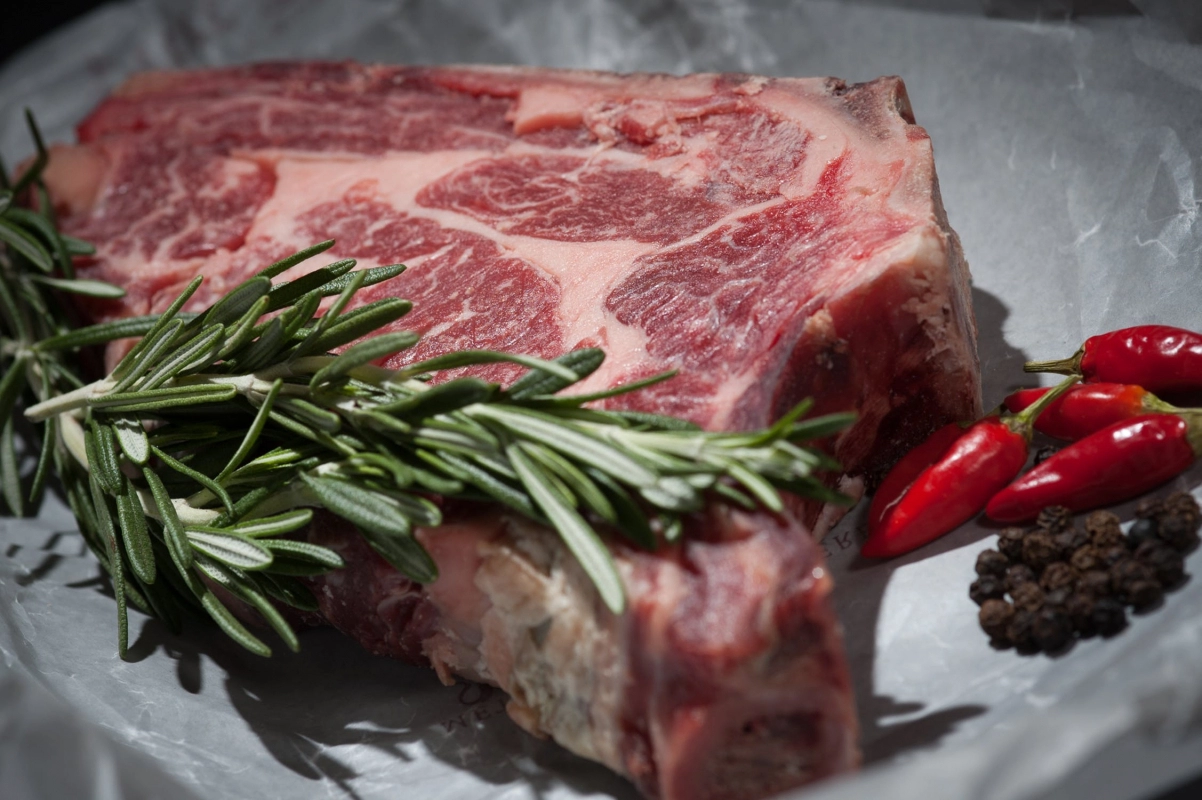
Whether you're training to become a food handler, managing a busy restaurant team, or guiding others through their food handler certification, you need to know the...
While many things can make a food safety expert twitch, one thing that will do it every time is saying the word “buffet”. The additional food safety hazards that accompany buffet service are well worth paying attention to. Nobody wants to make guests sick, and disease-causing bacteria have a habit of multiplying exponentially at room temperature once they take root in food.
If you are catering an event or have a buffet sitting out for an extended period, it’s important to watch the time. The general rule is that anything left out for more than 2 hours should be discarded. Technically, you can get away with a bit longer for some foods, but you don’t want to take that chance in a food service setting, particularly if you are catering an important event such as a wedding.
So how can you best tell how long something has been sitting out? Asking your servers to keep track in their heads is asking for E.coli to show up to the party. Work out an easy coding system in advance that allows you to write the time that dishes are switched out on a placard easily visible to servers, and have someone assigned to run through the service just before the 2-hour mark is up to dispose of any food that has been left out, and once every 30 minutes thereafter.
Many event caterers will have a 2-hour limit on a dinner buffet for food safety reasons; if you are more comfortable doing this, make sure the time limit is built into your contracts. If a client wants to push the time limit, they can pay extra for more food and extra eyes on the buffet for food safety purposes.
Keeping hot dishes hot is a no-brainer, and can be done easily with heat lamps and food warmers. Where some buffets fall down is on keeping cold dishes cold. Eggs, especially, are problematic - deviled and boiled eggs should be kept on ice in food-grade containers surrounded by ice - not with the ice coming directly into contact with the eggs. Eggs and deli meats are of particular concern, so keep those cold cuts cold. Be sure to check, and record, temperatures every 2 hours to ensure the food is held outside of the temperature danger zone (4° Celsius to 60° Celsius).
If you have a breakfast buffet, it is tempting to cook items such as quiche or other items in advance. Cook most food as close to serving time as possible, and if you cook items like quiche (or anything containing eggs or meat) in advance reheat them to 165° Celsius before serving them.
One of the significant issues with buffet service is the fact that guests are serving themselves. Without any training in food safety, so much can go wrong. Have a sign at the start of the buffet line that asks patrons to use a new dish for each serving (and have a bin for old dishes near the sign so they can get rid of any they are holding) and to only use the utensils provided for their specific dishes. Then, make sure you have long-handled utensils and tongs in place for each dish - no matter how many dishes you have.
Protect Food With Sneeze Guards
Buffets should have a sneeze guard in front of all dishes to help reduce the chances of guests contaminating the food with coughs, sneezes or spit (when they talk). We cannot prevent people who may be carrying viruses from coming to the restaurant, but a sneeze guard helps to reduce the risk. Healthy people carry germs, like Staphylococcus aureus, that can grow and produce toxins once they get on the food – this is why there is a time limit for food being set out on buffets.
Don’t dish new food over top of old food. Most hot and cold holding equipment has standard sized inserts (called hotel pans) that make it easy to swap out food. Remove the pan with the old food and replace it with a pan of fresh food. Discard the old food and wash and sanitize the dirty container so it can be used for new batch of food.
Contact your local health unit for any specific regulations and recommendations on buffet service to make sure you’ve fulfilled all regulatory requirements if an inspector shows up. When serving buffets, use common sense, all the standard safety protocols such as proper hand washing, and keep a close eye on the time.
Resources:
Leeds, Grenville & Lanark District Health Unit
Buffet Food Service Requirements for Caterers and Restaurants

Whether you're training to become a food handler, managing a busy restaurant team, or guiding others through their food handler certification, you need to know the...
